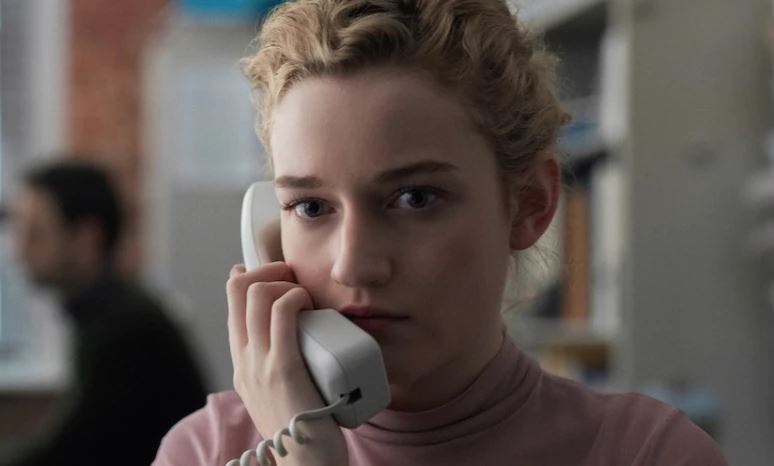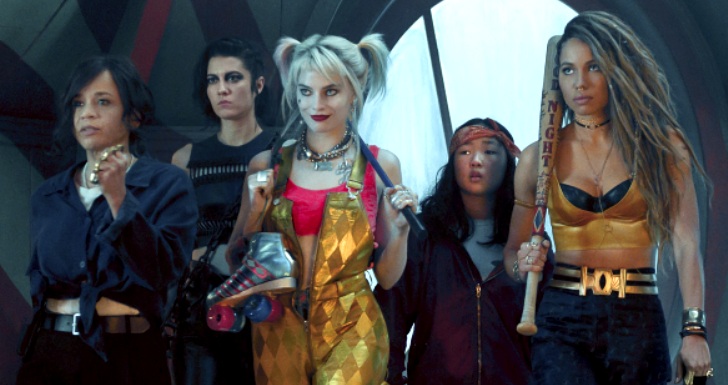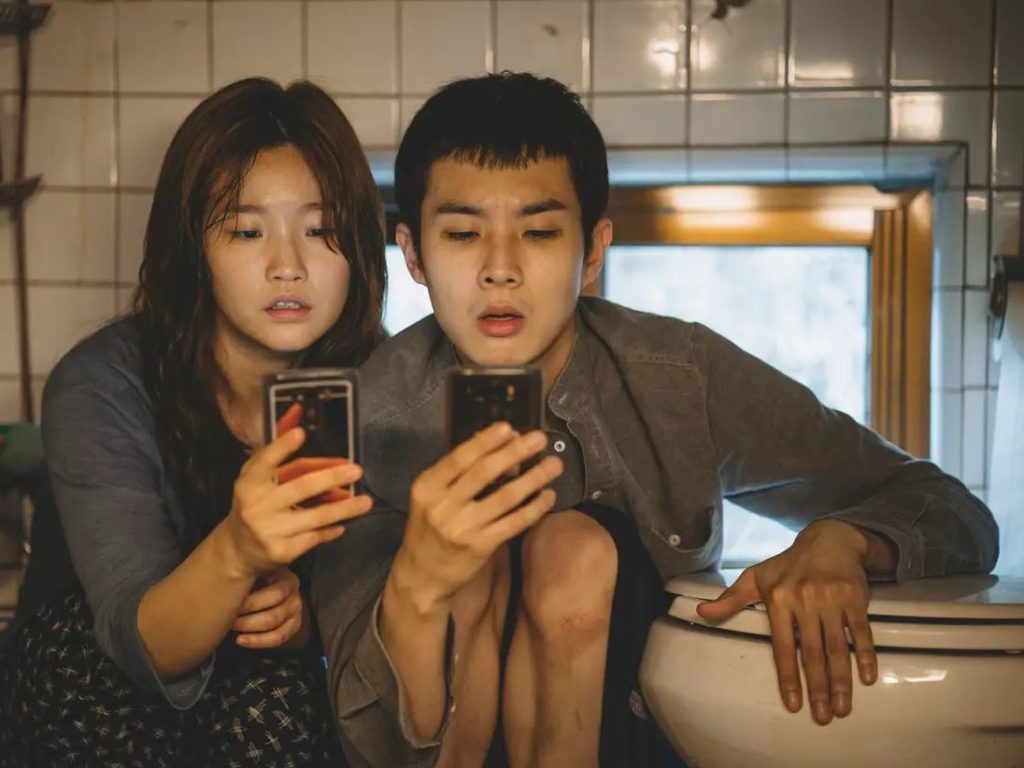The Assistant: Working for the Man, and the Whole Rotten System

Pronouns work overtime in The Assistant. Characters are constantly discussing the whims and whereabouts of their imperious boss, but they never refer to him by name. “He’s in a meeting.” “I don’t have him right now.” “He wants you on the flight to LA.” They may as well be talking about God. You might know him better as Harvey Weinstein.
But let’s not get too cute. The genius of this sobering movie, which was written and directed by Kitty Green, is that despite its painstaking detail, it isn’t about any particular person. It is instead a searing indictment of an entire ecosystem, a culture of domination, silence, and complicity. Rather than narrow its scope to the exploits and exploitations of a specific individual, The Assistant seeks to shine a harsh light on a prejudiced and predatory industry. The paradox of the film—the contradiction that Green deploys so thrillingly and, at times, frustratingly—is that, while its ambitions are undeniably dramatic, it unfolds with an absolute minimum of actual drama. Read More




